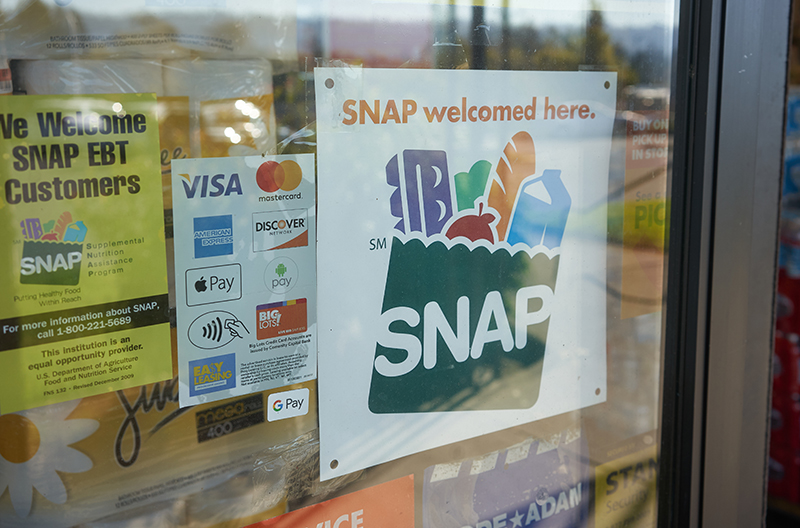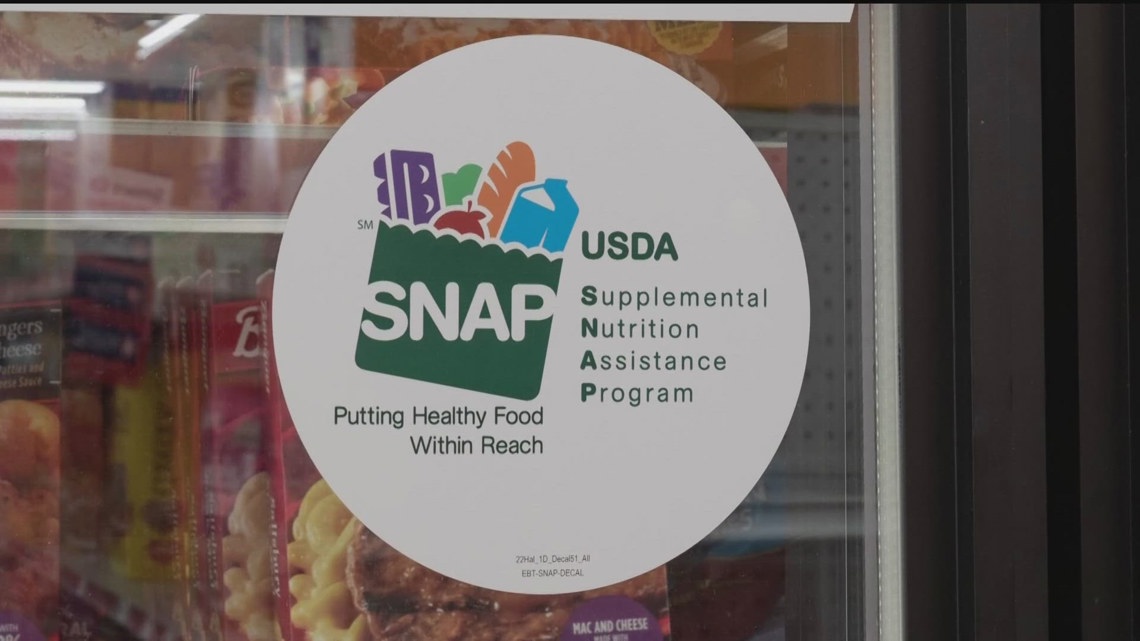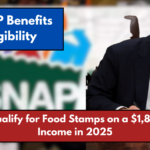The Supplemental Nutrition Assistance Program (SNAP), also known as food stamps, continues to be a vital resource for low-income families across the United States. In 2025, the program has undergone several key updates to improve its support amid rising living costs.
These changes include revised payment schedules, increased benefit amounts, and updated eligibility criteria. Staying informed about these updates will help families make the most of their benefits.
Revised SNAP Payment Schedules
SNAP benefits are distributed every month, but the exact dates depend on each state. Payments are scheduled based on factors like Social Security numbers, case numbers, or even family names. Here are some examples:
- California: Benefits are distributed from the 1st to the 10th of each month based on case numbers.
- Florida and Texas: Payments are issued between the 1st and the 28th, depending on specific criteria.
This staggered schedule ensures even distribution throughout the month. It also helps grocery stores manage inventory effectively, avoiding shortages that could arise if payments were issued all at once.

Source: The Shelby Report
Higher SNAP Benefits in 2025
To address inflation and rising living costs, the USDA has introduced a Cost-of-Living Adjustment (COLA) that increases the maximum monthly SNAP benefits starting October 1, 2024. Below is the updated benefit chart for 2025:
| Household Size | Maximum Monthly Benefit |
|---|---|
| 1 Individual | $292 |
| 2 Individuals | $536 |
| 3 Individuals | $768 |
| 4 Individuals | $975 |
| 5 Individuals | $1,158 |
| 6 Individuals | $1,390 |
| 7 Individuals | $1,536 |
| 8 Individuals | $1,756 |
| Each Additional | +$220 |
For example, a family of four can now receive up to $975 per month, making it easier to manage grocery costs and other household expenses. These adjustments reflect the USDA’s ongoing commitment to tackling food insecurity and ensuring families can maintain a healthy diet.
Eligibility Criteria for SNAP in 2025
SNAP eligibility depends on household size, income, and expenses. Here are the key factors:
- Household Income Limits:
- Monthly gross income must not exceed 130% of the federal poverty level.
- For a single individual, this is $1,630.21 per month, while for a family of three, the limit is $2,152 monthly.
- Deductions:
Specific expenses like rent, utilities, and medical costs may qualify for deductions, which could reduce your net income and make you eligible even if your gross income is higher. - Household Size:
Larger households qualify for higher income limits, and their benefits increase accordingly. - Assets:
Some states also consider assets like savings accounts or property when determining eligibility.
Understanding these factors and gathering proper documentation—like proof of income, medical bills, and housing expenses—will help you apply for or renew SNAP benefits smoothly.

Source: 11alive
New Work Requirements for ABAWDs
The Fiscal Responsibility Act of 2025 has introduced updated work requirements for Able-Bodied Adults Without Dependents (ABAWDs):
- Previously, ABAWD work rules applied to individuals aged 18-49.
- Now, the age range has been expanded to include adults aged 52-54.
- Beneficiaries in this group must participate in approved work or training programs for at least 80 hours per month.
Exemptions apply to certain groups, including:
- Veterans
- Homeless individuals
- Young adults transitioning out of foster care
These work requirements aim to encourage workforce participation while offering skills training to support long-term employment opportunities.
State-Specific SNAP Initiatives
In 2025, some states are introducing initiatives to improve the health and nutrition of SNAP recipients:
- Arkansas: Considering a waiver to limit SNAP purchases to healthier food options.
- California: Promoting the purchase of fresh fruits and vegetables through state programs.
While these measures encourage better eating habits, they may also restrict certain product purchases, such as sugary beverages. This approach aligns with public health objectives to reduce obesity and prevent chronic diseases, though it remains a topic of debate.
How to Check Your SNAP Benefits
Staying informed about your SNAP benefits is crucial. Here are some simple ways to monitor your account:
- Log into Your State’s SNAP Portal: Most states have online platforms where you can check your benefit balance and payment schedule.
- Use an EBT App: Apps like Fresh EBT allow you to track your benefits, find stores that accept EBT, and plan your shopping.
- Contact SNAP Customer Service: Call your state’s SNAP office for personalized assistance. Make sure you have your EBT card details handy for quicker service.
These tools ensure that you stay updated on your benefits, helping you avoid interruptions in support.
Conclusion
The 2025 updates to SNAP benefits are designed to provide more robust support for low-income families facing economic challenges. With increased benefit amounts, updated eligibility rules, and new state initiatives, recipients have more resources to access healthy food and essential items. Staying informed about these changes will help you make the most of your SNAP benefits and ensure your family’s needs are met.
This article has been carefully fact-checked by our editorial team to ensure accuracy and eliminate any misleading information. We are committed to maintaining the highest standards of integrity in our content.
Filza specializes in simplifying financial topics for everyday readers. Whether breaking down Canada’s tax guides or U.S. benefits like SNAP and VA Disability, Filza’s relatable writing style ensures readers feel confident and informed. Follow her insights on LinkedIn or reach out via email at shewrites.health@gmail.com.









